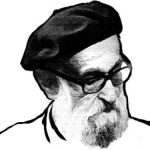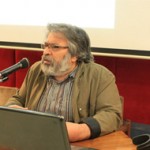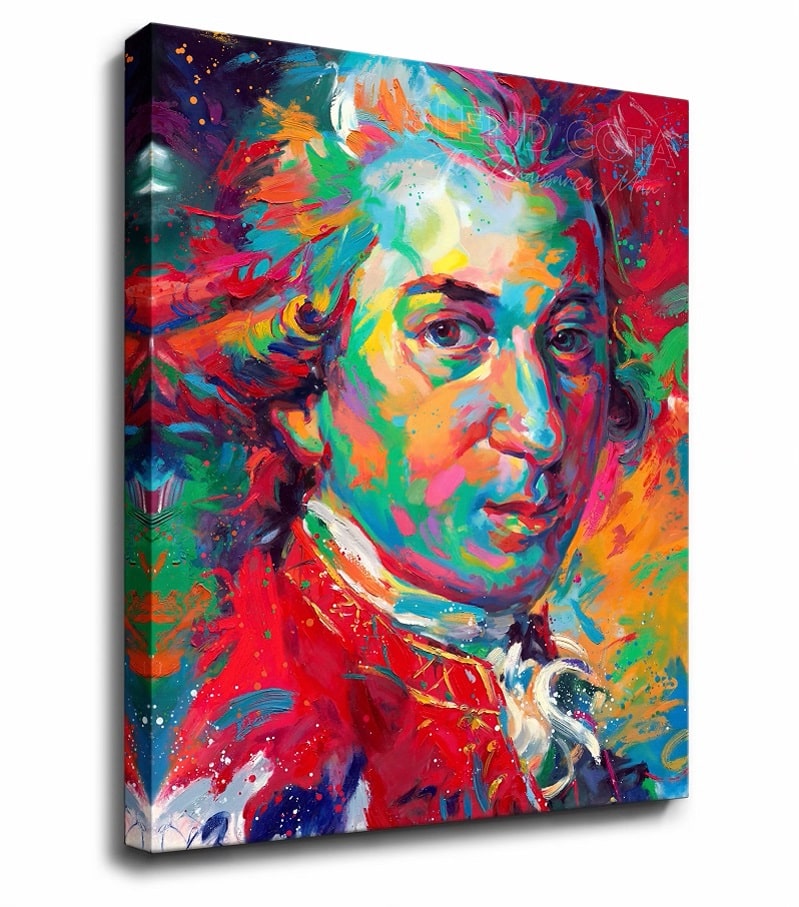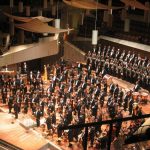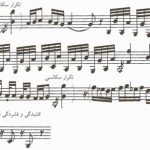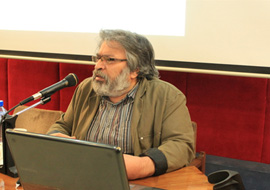
Translated by Mahboube Khalvati
The year 1396 (21 March 2017-20 March 2018) was the most sorrowful year for HarmonyTalk journal. One month after holding HarmonyTalk’s 13th establishment anniversary in Mohsen Ghanebasiri’s house in Tehran in April 2017, he passed away at the age of 68. Mohsen Ghanebasiri was the prominent HarmonyTalk author.
To pay tribute to Mohsen Ghanebasiri and his unique contribution to the literature and theory on the Iranian classical music, I decided to review concisely some of his most important theories.
I invited Mohsen Ghanebasiri to contribute to HarmonyTalk journal in 2006; a collaboration which lasted until 2016. During this decade, 16 of his articles were either published or re-published in the journal.
Apart from his full-time engagements as the editor-in-chief of “the Management” and “the Thunderbolt” magazines, and the authorship of five books including “Marx and Technology”, “A Question from Heidegger”, “Westernalization, Nostalgic Packing of History”, “Displays and Aspects of Democracy” and the unpublished “Power”, he wrote articles on arts which he never found the opportunity to fully develop into theories. They, therefore, serve as an introduction to his unwritten-but-much-spoke-about theories.
Ghanebasiri and Mohammad Saeed Sharifian, a contemporary Iranian composer, had started a collaboration to compose an opera. Ghanebasiri was writing the libretto which was again left unfinished. In collaboration with Behzad Abdi (Iranian composer) and Arian Karami, he was also recording two audio poem collections.
In order to introduce him as an arts critic and theorist, I have concisely reviewed some of the most important articles by Mohsen Ghanebasiri:
– Identifying teleological purposes of the classical arts
In his article entitled “On the Definition of the Classical Music”, Ghanebasiri evaluates the purposes of the classical arts. The article offers items which suggest an approach for value judgment of the works of classical music.
– Mediating devices theory
Mediating devices theory was developed based on a multi-dimensional and inter-disciplinary study to change the musical development ranging from improvisation to composing.
Mediating devices theory not only provides an opportunity to study the historical status of music in different periods and a geographically diverse classification of different civilizations, but also serves as an effective tool for criticizing arts and separating scientific and artistic fields in the world of arts.
– Definition of arts
The issue of defining arts was constantly discussed in the meetings that we had with Mohsen Ghanebasiri. I had considered two characteristics for identifying a work of arts: firstly, a work whose creation is far-fetched for the majority of the people. Secondly, a work which unties the existing knots. When I presented this definition to Mohsen Ghanebasiri, he brought to my attention a neglected aspect: the engagement of the active imagination faculty.
The added part plays a key role in completing this definition, because it allows the critic to distinguish between works that have no effect on the long term. This third component which was added by Mohsen Ghanebasiri completes the definition because the critic becomes capable of distinguishing the works of arts which are capable of becoming universally influential in extended period.
Finally, words do not suffice in explaining his depth of knowledge and level of modesty.




